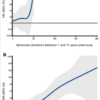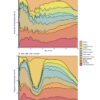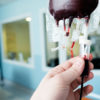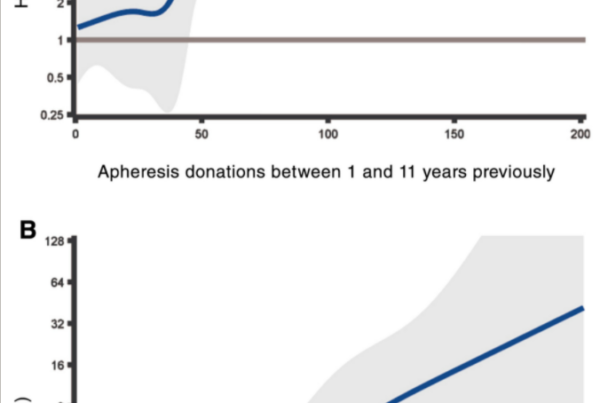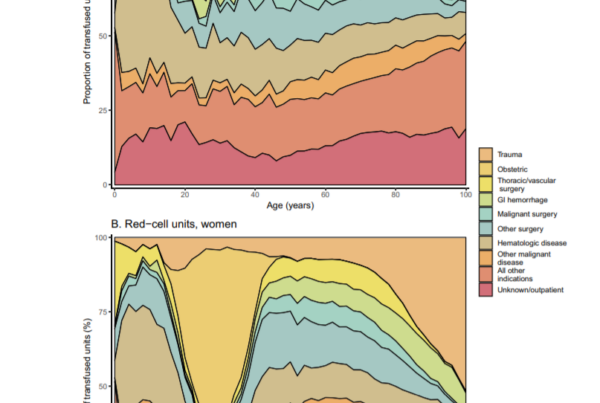Aim
Our objective was to estimate the past and present burden of transfusion transmission of all types of viral hepatitis (A to E) and to find undiagnosed infections with hepatitis C virus (HCV).
Method
We performed a retrospective cohort study using a database of the entire computerised transfusion experience of Sweden from 1968 to 2012 and linking it to a nationwide database of notifiable infections. We then used two independent statistical approaches. Firstly, we tracked recipients of blood from donors with confirmed viral hepatitis. Secondly, we computed a donor-specific risk score, defined as the difference between the observed and the expected number of HCV infections among all previous recipients of all donors, where thresholds were determined using simulation.
Results
Among 1,146,307 transfused patients, more than 5,000 were infected with HCV. Transfusion transmission only occurred before 1992 when donor screening had been completely implemented. Overall, we found 44 donors and 1,180 recipients likely to be infected with HCV who were still alive but who remained undiagnosed.
Conclusion
There is still a substantial number of individuals in Sweden who have probably been infected with HCV through blood transfusion and who are still unaware of their infection. We recommend that a follow-up study should be conducted to validate the method we used by approaching these individuals and offer testing. This would also serve as an opportunity to offer treatment to those who remain infected.
Keywords: blood, transfusion, viral, infection, hepatitis, Europe, Sweden1
